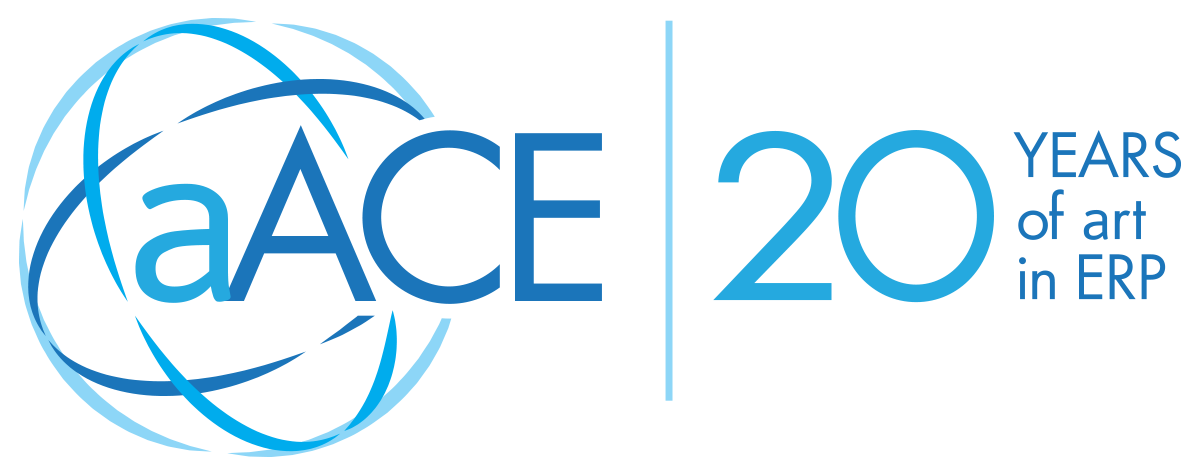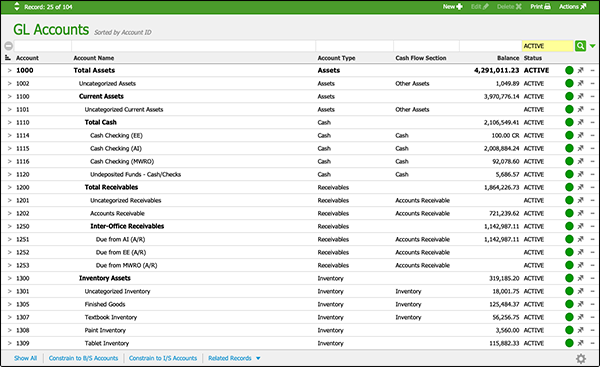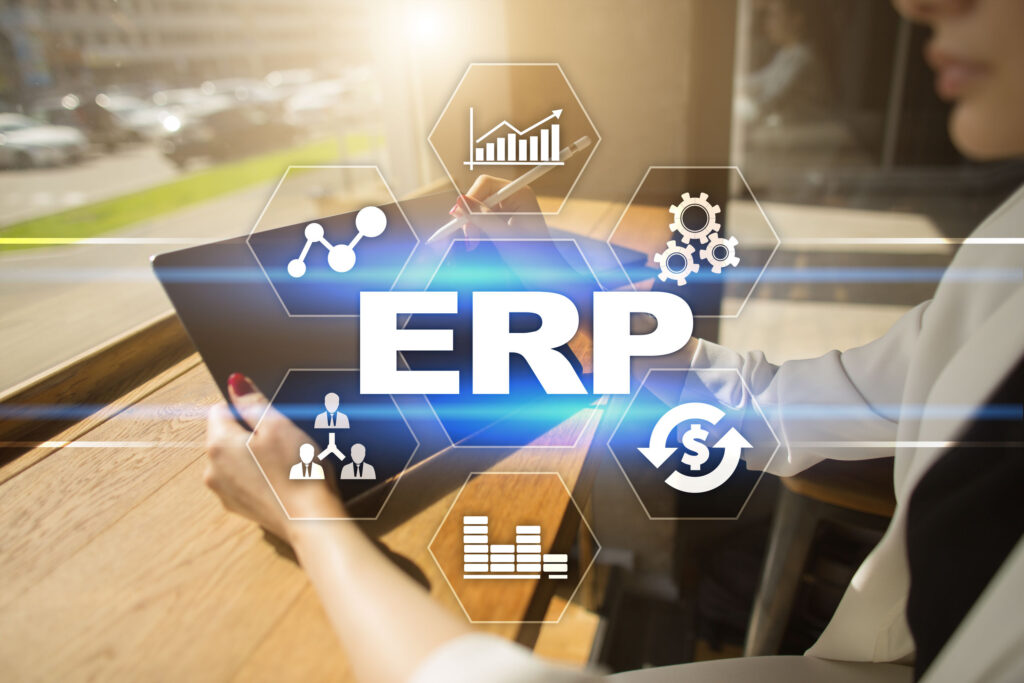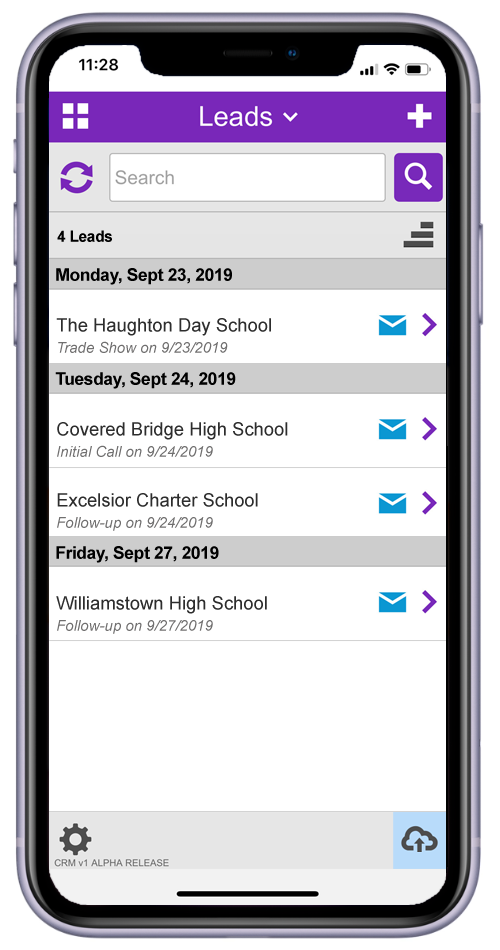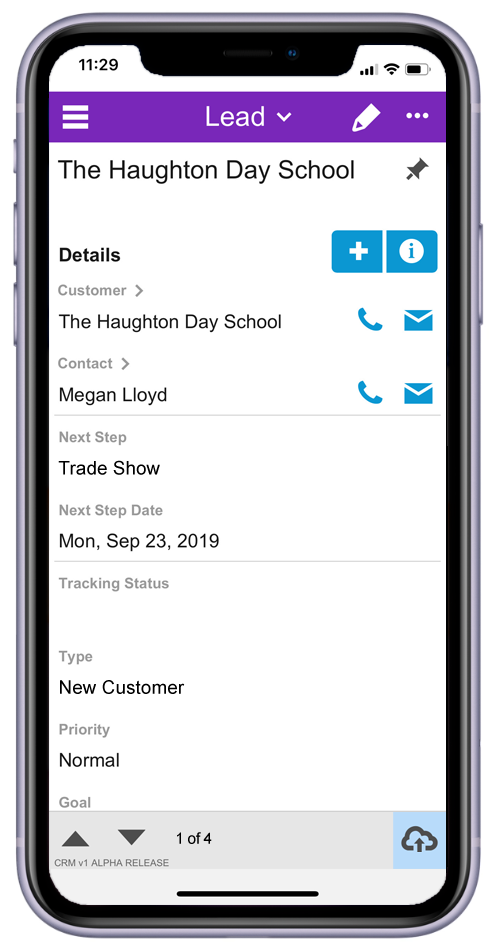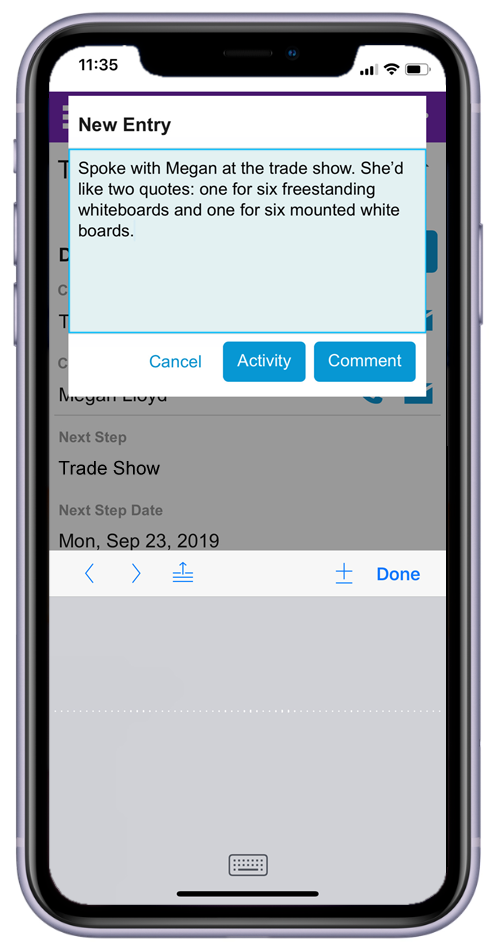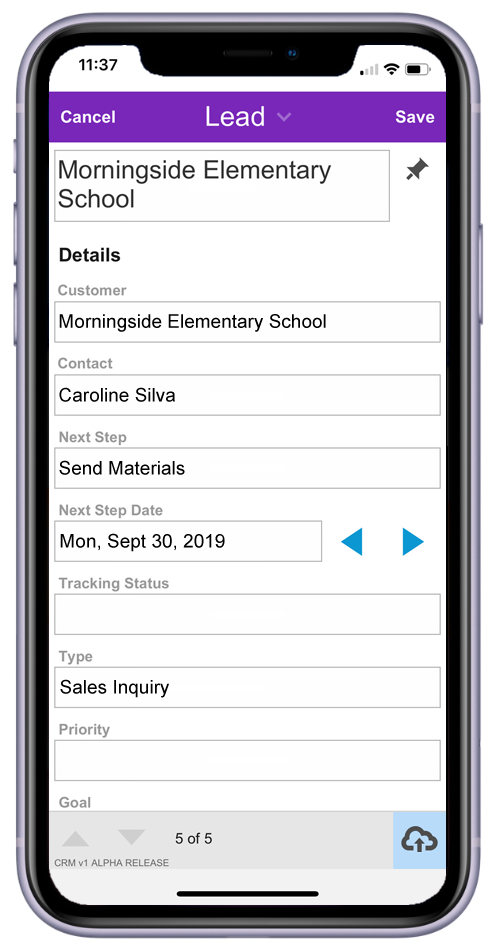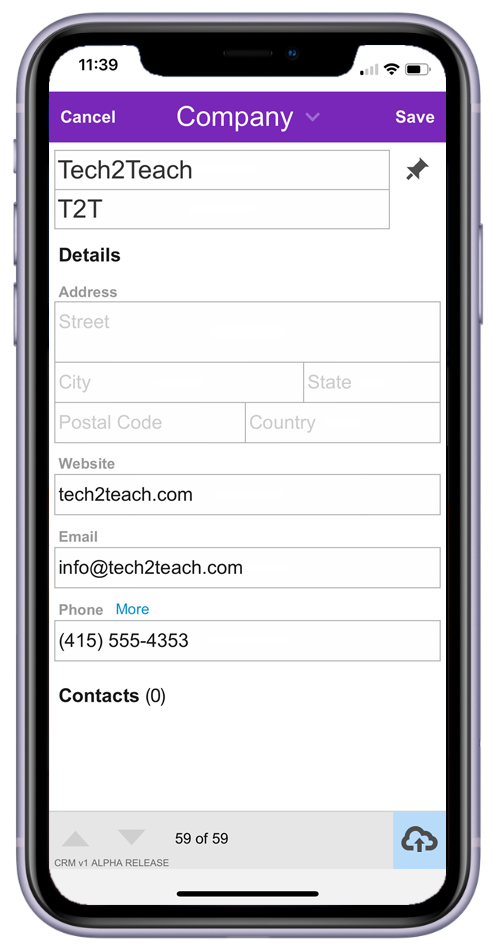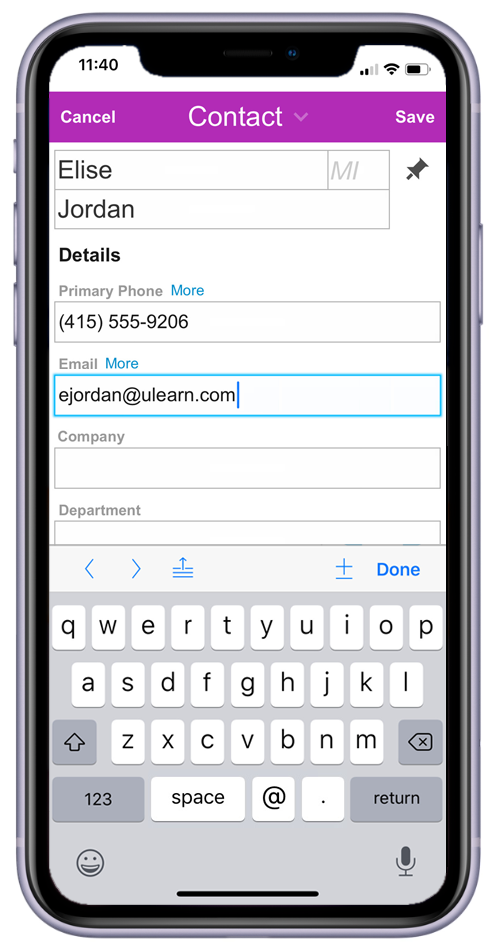As companies evaluate ways to improve operational efficiencies and reduce costs while better meeting customer needs and organizational goals, enterprise resource planning (ERP) tools are increasingly valuable investments for businesses of all sizes.
By streamlining multiple disparate systems into one easy-to-use platform, ERPs connect business processes so data and information can be quickly and easily shared and analyzed to help organizations make better business decisions.
ERP adoption and implementation can be expensive. Depending on the number of applications you need, the number of users who access your system, and the amount of customization you require, on average businesses invest more than $1 million in a new ERP system.
So what would motivate a company to invest that much capital in a new business process management system?
The savings.
For example, one study finds that on average an ERP can reduce overall operational costs by 23% and administrative costs by 22%. That’s a significant saving over time. And while operational savings may be a driving factor to explore ERP adoption, quality ERP programs can do more than just save money.
Did you know that 95% of businesses say they have major operational improvements after implementing an ERP? The improvements include reducing process times, increasing collaboration and centralizing data.
Before we take a deeper dive into ERP cost-savings, let’s take a quick look at some questions you should ask when considering if an ERP is right for your company, if it’s within your budget, and if, once implemented, its improvements and efficiencies will add up to significant cost-, time-, and resource-savings:
- First, what do you anticipate your up-front costs to be?
- Have you completed a comprehensive analysis of your existing business processes?
- Have you aligned your vendor selection process with the requirements list you compiled after reviewing your business processes?
- Have you worked closely with your selected vendor to analyze budget-related obstacles? According to an ERP study by Technology Evaluation Centers (TEC), 65% of ERP implementations go over budget.
- Have you determined if an on-premise or cloud-hosted ERP best meets your needs?
- Have you determined the total number of applications and services you’ll need included in your ERP?
- Have you determined how many users will need to access your system?
- Have you selected an ERP that will work for you out-of-the-box or do you need additional customizations to meet your business needs? Remember that with most vendors, the more customizations you require, the higher your implementation costs may be.
- Have you determined which types of customizations you need and how complex they may be?
Once you’ve evaluated and determined your up-front costs, let’s look at ways an ERP can decrease operational expenses and promote longer-term organizational growth.
Here are 6 ways an ERP can save your business time and money:
1. ERPs cut operational costs and improve efficiencies
ERPs integrate core business processes. An ERP eliminates the need for disparate systems across departments and geolocations, and instead centralizes and integrates these functions into a single system. The goal is to streamline processes and improve information exchanges across an entire organization, no matter how large or small.
Essentially, this means more work can be done (with automation) using less time and resources as well as fewer people. Ultimately, that leads to fewer operational costs overall and sets your business on a path toward growth.
2. Improved communication and data exchange with better collaboration
Post-ERP adoption, most organizations experience an easier exchange of business information that is facilitated by a simpler flow of knowledge, information, and data throughout departments. This means business transactions throughout the organization are visible to key stakeholders in near real time.
As automation helps reduce errors and remove factors caused by people-based processes, (think…. "Oops! I left that document on my desk!"), ERPs help improve data information exchanges with more accuracy, which in turns means decision-makers can make better, more timely business decisions. Automation also leads to improved employee satisfaction by reducing frustration and increasing employee productivity.
As information exchange is made easier and organizational-wide communication improves, company-wide silos are often broken down and employees tend to be happier, further bolstering morale and productivity outcomes.
3. Centralized business functions and decreased process times
ERPs are designed to be easy-to-use systems that unify, standardize, and automate business processes—everything from customer service, to accounting, to inventory and supply chain management, to invoicing and payment, and everything in between.
ERPs help eliminate duplicate processes and save time. Gone are the days where, over time, a singular process is changed and modified by various employees to the point where it no longer resembles its initial intent and where one or two key employees hold the knowledge keys that, without them, could immediately thwart or halt operations.
A well-designed ERP will centralize your business functions and promote more timely and efficient daily operations.
Think about invoicing. With an ERP, standardized processes — including notifications and alerts to key team members — means the sooner you can get your invoices out, the sooner you can get paid. ERPs also help ensure that every employee follows the same processes, ensuring consistency across your operations for recurring tasks.
Also, it’s key here to point out that good ERPs will give you access to analytics and dashboards that will help you monitor processes and workflows and enable you to give thoughtful feedback to teams for improvements while keeping key stakeholders informed.
4. Inventory and Supply Chain Management
Manufacturing companies are leading the way for ERP adoption, but regardless of your business type, you can benefit from ERP efficiencies. One way is getting a more comprehensive look into your supply chain and better understanding the scope of your inventory.
Whether you need insight into ordering, refilling, or reviewing supply needs, an ERP can help align your product inventory with your customers’ current and future needs.
A quality ERP can help you decrease product shortages, proactively address supply chain gaps, and better budget for inventory volumes while decreasing unnecessary spending and purchases for items that may remain in long-term (thus unused) storage facilities.
ERPs help you better analyze spending and purchases over time so you can more accurately determine your inventory needs, including tracking, waste analytics, damage assessments, and evaluations of products that are no longer essential to your current business needs.
5. Improved customer relationship management (CRM)
Not only does an ERP move multiple business processes into a single platform, it can also align your customer relationship management (CRM) database into the same system, giving you comprehensive insight into your customers’ needs no matter where they may be in the buyers’ journey.
The best ERPs help organizations align all of their customer records into a single database. This unified records system gives companies the ability to track all of their customer interactions — everything from an email or phone call, to an order, invoicing, payment receipt, and customer feedback.
ERPs help you align your customer interactions and company communications into one dashboard allowing all stakeholders to immediately have insight to address customer needs. This creates a unique opportunity to improve your customer service and target communications specifically to your buyers based on predetermined categorizations established by your business goals and objectives. These targeted customer segments mean you can get the right message to the right customers at the right time and often removes manual processes, thereby facilitating more timely and accurate engagements with customer needs. These ERP improvements also give you the ability to quantify return-on-investment for customer satisfaction and interaction with your organization.
6. Less IT costs and reduced labor burdens
Earlier, we mentioned how ERPs help with centralizing business processes. A related time and cost-saving factor is specifically related to IT costs.
With disparate systems, IT teams must invest a lot of time and resources into maintenance costs, maintenance time, and direct or indirect labor costs involved with new software purchases, updating existing systems, follow-through on licensing agreements, and training. These older approaches to business systems often negate the option for scalability, especially when it comes to time and expenses.
ERPs remove the need to have different programs for different departmental functions, which are often more complicated and more costly the larger an organization is. ERPs help decrease additional spending on software and hardware systems and eliminate the need for routine workflow disruptions when those systems have to be updated, patched, or replaced.
ERPs: Worth the Investment
On average, it takes a small or medium sized business (SMB) about 11 months after go-live to experience the full benefits of ERP adoption. For larger businesses it’s a little faster, often about seven months.
When it comes to business process change management, that can seem like a quick turnaround, but for organizations that successfully adopt and implement an ERP, the overall operational efficiencies, improved customer service, opportunities for growth, and happier employees sometimes outweigh numbers on a spreadsheet.
Are you interested in increasing the speed and accuracy of your daily operations, with significant potential to save time, money, and resources? Register for a webinar today to learn how aACE can help you seamlessly integrate your sales, operations, and accounting systems into one, powerful, easy-to-use system.
"aACE helped us to bring all of our company functions together into one system. This has helped us with automating reporting and avoiding the need for extra cross-checking among systems." - Lance Caffrey, EVP Operations, American Christmas
